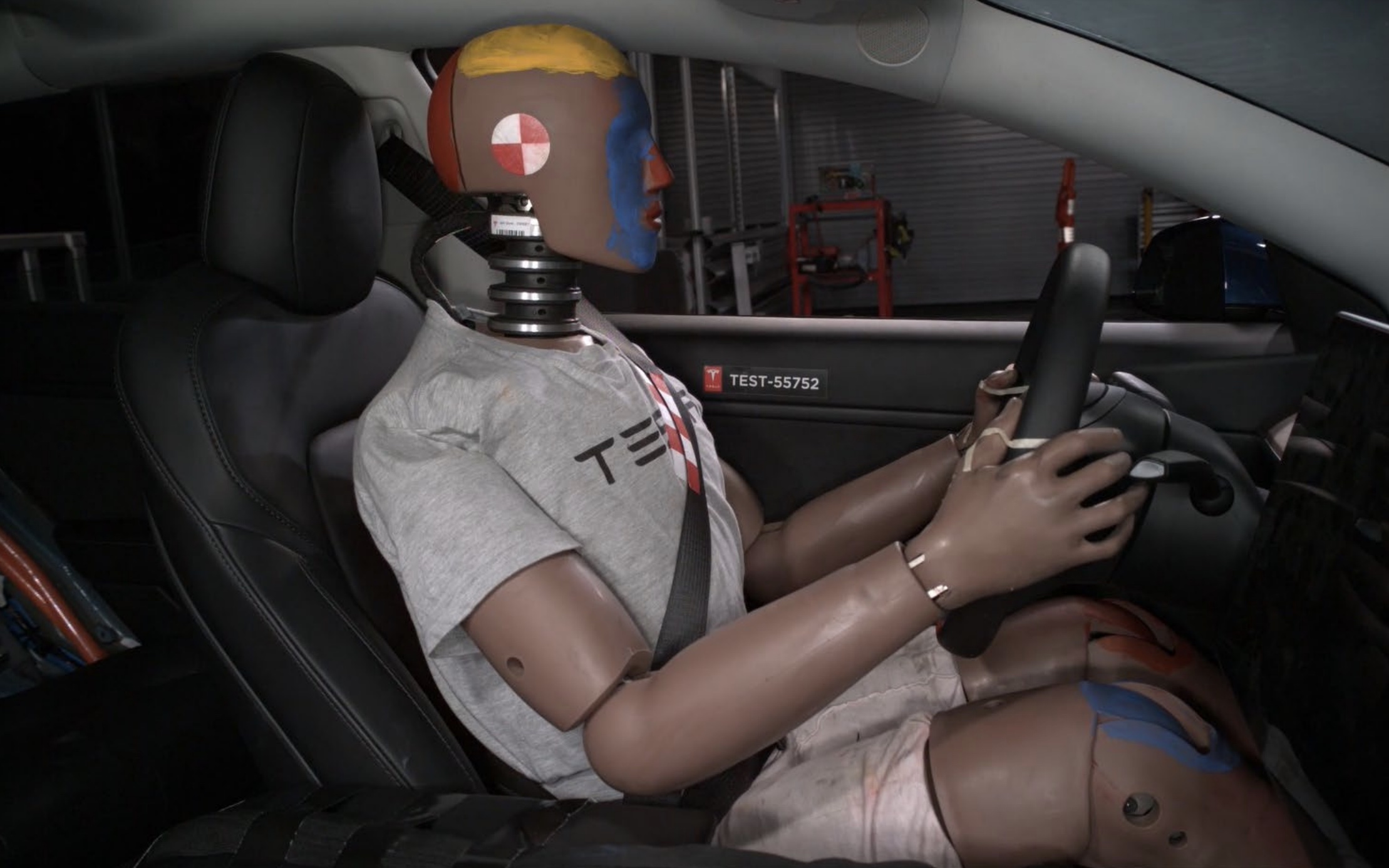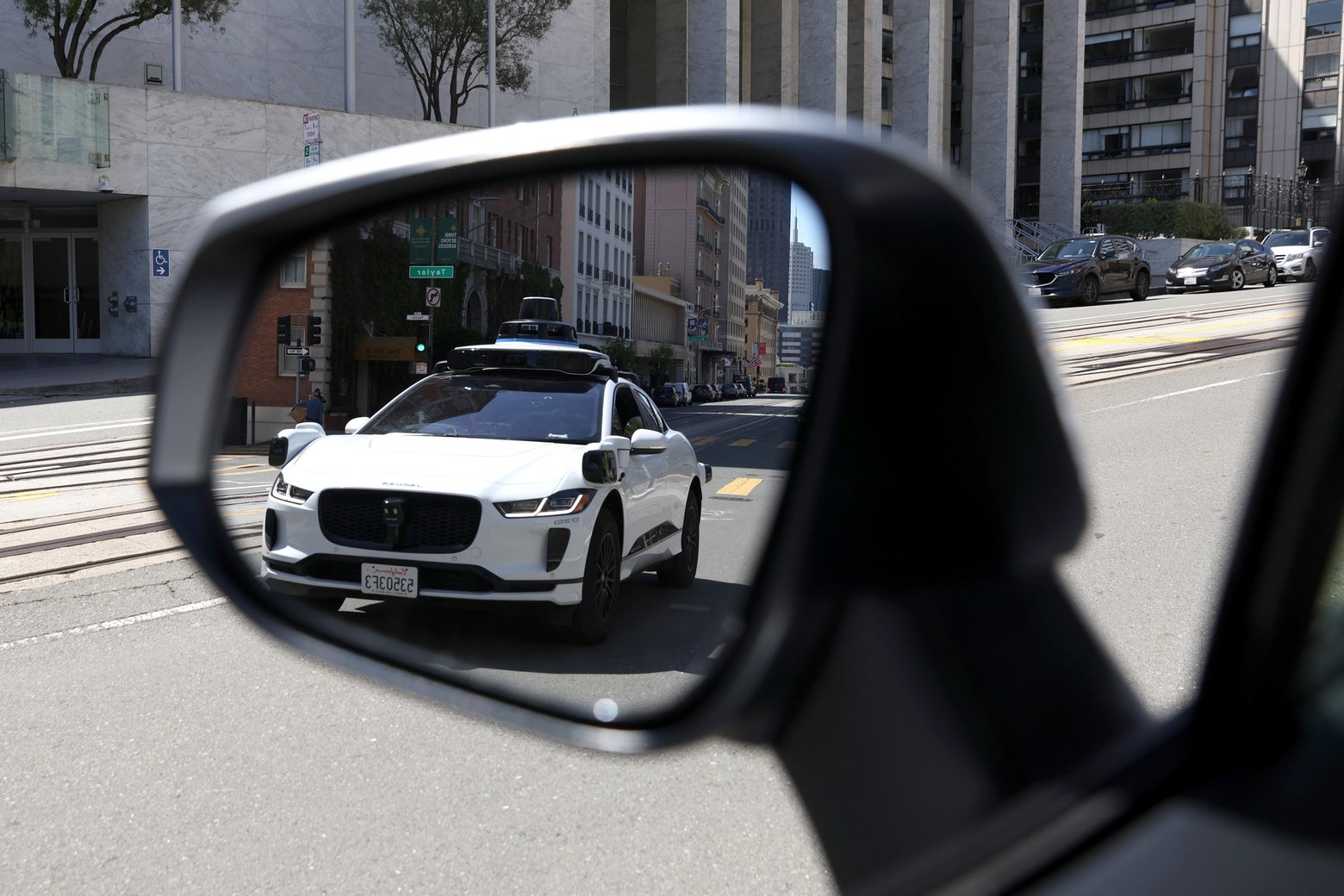No I'm going by the safety report used by Tesla and all Tesla fans. The one regurgitated every single day on here, reddit, twitter and youtube. The one with thousands of news articles written about. The one that has been read over hundreds of millions of times.
When you actually use the Tesla methodology, none of the Waymo/Cruise so called accident (which people here are losing their minds over) would count.
According to Tesla's own methodology,
Waymo/Cruise HAS NO ACCIDENTS.
Which part of that don't you understand?
Waymo/Cruise would count this as an accident, Tesla doesn't. This also includes hitting the curb, cones, objects, also rear-ending cars, being rear ended, etc. Unless its a VERY SERIOUS accident, Tesla wouldn't count it as an accident. Waymo/Cruise on the other hand considers any contact even at 0mph as an accident.
Don't you see how flawed and utterly ridiculous Tesla's "safety report" is?
First admit that Tesla's two sentence is not a "safety" report but a PR report or explain how it is a safety report when less than 1% of all accidents count?
Here is another accident. This one actually got reported to insurance and police so automatically gets counted toward's NHTSA human driver statistics. But guess who doesn't count it? That's right TESLA! So the accident goes to NHTSA ~500k statistics. But Tesla doesn't count it towards theirs. Then Tesla compares themselves to the NHTSA stats and say... AHA see we are 5x better than human drivers!
When actually its just them not counting 99% of the accidents that NHTSA is counting.
Think about it, lets say you have 10 accidents. Rear-ends, side swipes, etc.
Police gets called, insurance are exchanged. It gets automatically counted towards NHTSA 500k miles stats. But it doesn't meet Tesla's airbag criteria. Now Tesla's stats is automatically 10x better than NHTSA. By virtue of just not including those accidents.
How is it that you can't see this?
Waymo/Cruise counts 100% of all collision as accidents. Tesla counts less than 1% of all their collisions as accidents. That's all that matters when comparing to Tesla.





